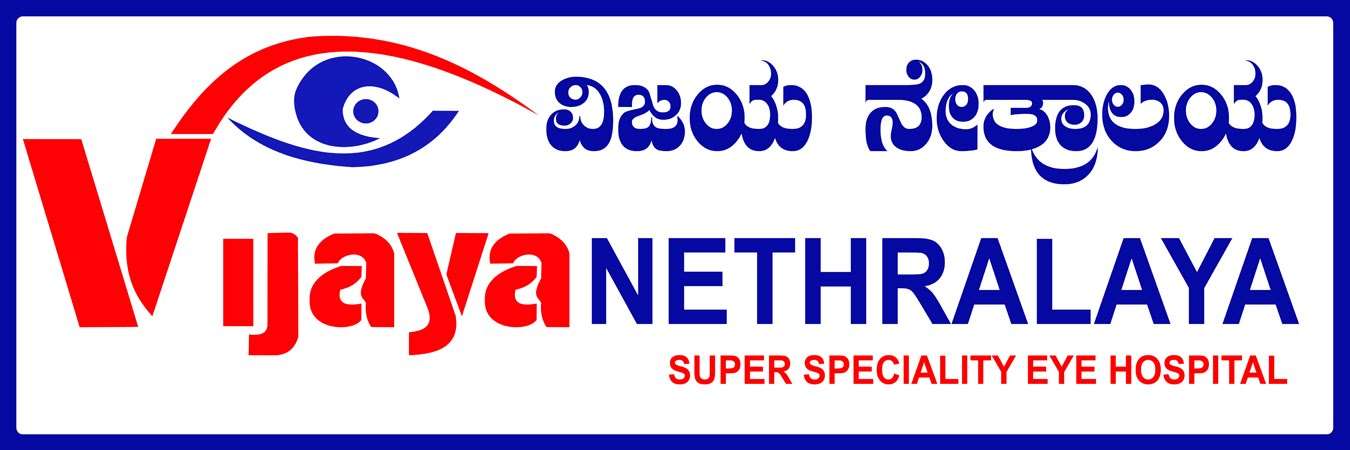Introduction:
Let’s be honest—glasses can be annoying, and contact lenses are a daily hassle. That’s where LASIK steps in like a superhero. LASIK, short for Laser-Assisted In Situ Keratomileusis, is a popular laser eye surgery that reshapes the cornea to correct vision issues. It’s fast, relatively painless, and offers freedom from glasses. But here’s the million-rupee question: Can LASIK correct any eye power?
Well, let’s dig deep and break this down.

Understanding Refractive Errors:
To understand what LASIK
can or cannot fix, you need to know what kinds of vision problems exist.
Myopia (Nearsightedness)
You see nearby objects clearly, but distant ones are blurry. It’s one of the most common refractive errors.
Hyperopia (Farsightedness):
Distant objects may be seen clearly, but close-up tasks like reading can be difficult.
Astigmatism:
This occurs when the cornea has an irregular shape, causing blurred vision at all distances.
Presbyopia:
This age-related issue makes it harder to see things up close, usually after age 40. It’s due to the natural hardening of the eye’s lens—not a shape issue.
How LASIK Works
The LASIK Procedure Explained
In LASIK, a laser reshapes the cornea (the front part of your eye) so light entering the eye focuses correctly on the retina. A flap is created on the cornea, the laser reshapes the underlying tissue, and the flap is repositioned.
What Eye Power Means in LASIK Terms
Eye power is measured in diopters (D). LASIK can typically handle a certain range of these diopters, but not all.
Eye Power Ranges LASIK Can Correct
Typical Ranges for Myopia, Hyperopia, and Astigmatism
- Myopia: Up to -8.00 to -10.00 D
- Hyperopia: Up to +4.00 D
- Astigmatism: Up to 5.00 D
These numbers can vary slightly depending on technology and surgeon expertise.
Limits of Correction: What’s Too High or Too Low?
Anything beyond these ranges may not be safe or effective with LASIK. That’s not a failure—it’s about keeping your vision safe.
When LASIK Is Not Recommended
Extremely High Powers
If your myopia is -12 or above, or hyperopia is +6 or more, LASIK may not deliver safe results.
Thin Cornea
Not enough corneal thickness means not enough tissue to reshape.
Unstable Eye Power
If your power keeps changing, LASIK should be delayed until it stabilizes.
Eye Diseases or Dry Eyes
Conditions like keratoconus or chronic dry eyes can make LASIK unsafe.
Alternative Options for High Eye Powers
Don’t worry if you’re not a LASIK candidate. You still have choices!
Implantable Collamer Lens (ICL)
Think of it like inserting a permanent contact lens into your eye. Best for high myopia.
PRK (Photorefractive Keratectomy)
Similar to LASIK but without creating a flap—ideal for people with thin corneas.
Refractive Lens Exchange (RLE)
A lens inside your eye is replaced—usually for those over 45 or with very high power.
Factors That Affect LASIK Suitability
Corneal Thickness
Your cornea needs to be thick enough to handle the reshaping process.
Age and Eye Health
Typically, LASIK is done on adults above 18 with stable power.
Stable Vision History
Power should not have changed in the past 12 months.
Pre-LASIK Evaluation
Tests Performed
- Corneal topography
- Pachymetry (corneal thickness)
- Dry eye tests
- Retinal evaluation
Custom LASIK and Topography-Guided LASIK:
Advanced forms like Contoura Vision and Wavefront LASIK offer even better outcomes, especially for complex prescriptions.
Realistic Expectations from LASIK
Will You Be 100% Glasses-Free?
In most cases, yes—especially for common powers. But in high or mixed powers (both cylindrical and spherical), slight residual power or enhancements may be needed.
Touch-ups and Enhancements
Some people may need enhancements after a few years, especially if their original power was high.
Benefits of LASIK Surgery
- Fast recovery (often same day)
- Long-lasting results
- Improved quality of life
- Painless procedure
- No stitches or bandages
Risks and Side Effects:
- Dry eyes
- Glare or halos around lights
- Undercorrection or overcorrection
- Rare complications like flap issues or infection
Cost of LASIK Surgery in India:
- Standard LASIK: ₹25,000–₹40,000 per eye
- Blade-Free/Femto LASIK: ₹45,000–₹70,000 per eye
- Contoura Vision: ₹60,000–₹90,000 per eye
Prices vary based on technology and surgeon expertise.
Final Verdict: Can LASIK Correct Any Eye Power?
Not exactly. While LASIK is a fantastic solution for many people, it does have its limits. It’s best suited for mild to moderate myopia, hyperopia, and astigmatism. If your prescription is very high or your cornea too thin, alternatives like ICL or PRK may be better.
The takeaway? Get a detailed eye check-up and let a qualified ophthalmologist guide you.
Conclusion:
LASIK has revolutionized vision correction, but it’s not a one-size-fits-all solution. Understanding its capabilities—and its limits—helps you make an informed choice. Don’t fall for “quick fix” promises. Know your options, know your eyes, and choose wisely.
FAQs:
1. Can LASIK fix -10 power?
Sometimes, yes—but it depends on your corneal thickness and eye health. In some cases, ICL might be safer.
2. Is LASIK permanent?
Yes, the corneal reshaping is permanent, but age-related changes like presbyopia may still occur later in life.
3. What’s the highest eye power LASIK can treat?
Generally, up to -10 for myopia, +4 for hyperopia, and 5 diopters of astigmatism.
4. Can LASIK cure both cylindrical and spherical power?
Yes, LASIK can correct both, as long as they are within treatable limits.
5. Who is not eligible for LASIK?
People with thin corneas, uns
Table vision, certain eye diseases, or extremely high powers may not qualify.
